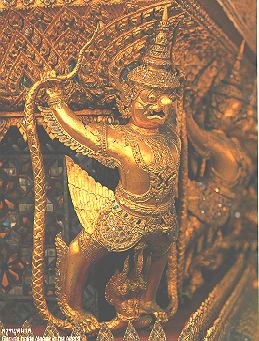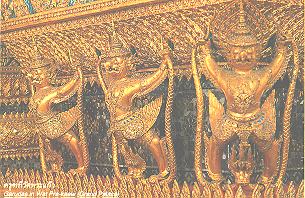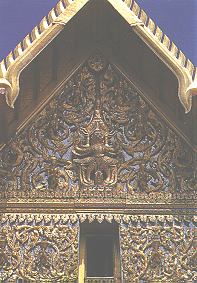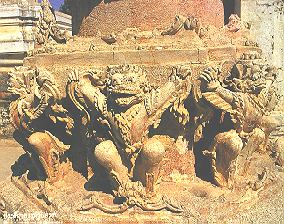
Garuda holds Nagas in his talons




| Information |
: Tourism Authority of Thailand, Tel. (02) 694-1222, E-mail : tat@cs.ait.ac.th : Tourist Service Center (TAT and Tourist Police), Tel. 1155 : Kinnaree Magazine, Thai Airways International, July 1995, P. 54-59. |